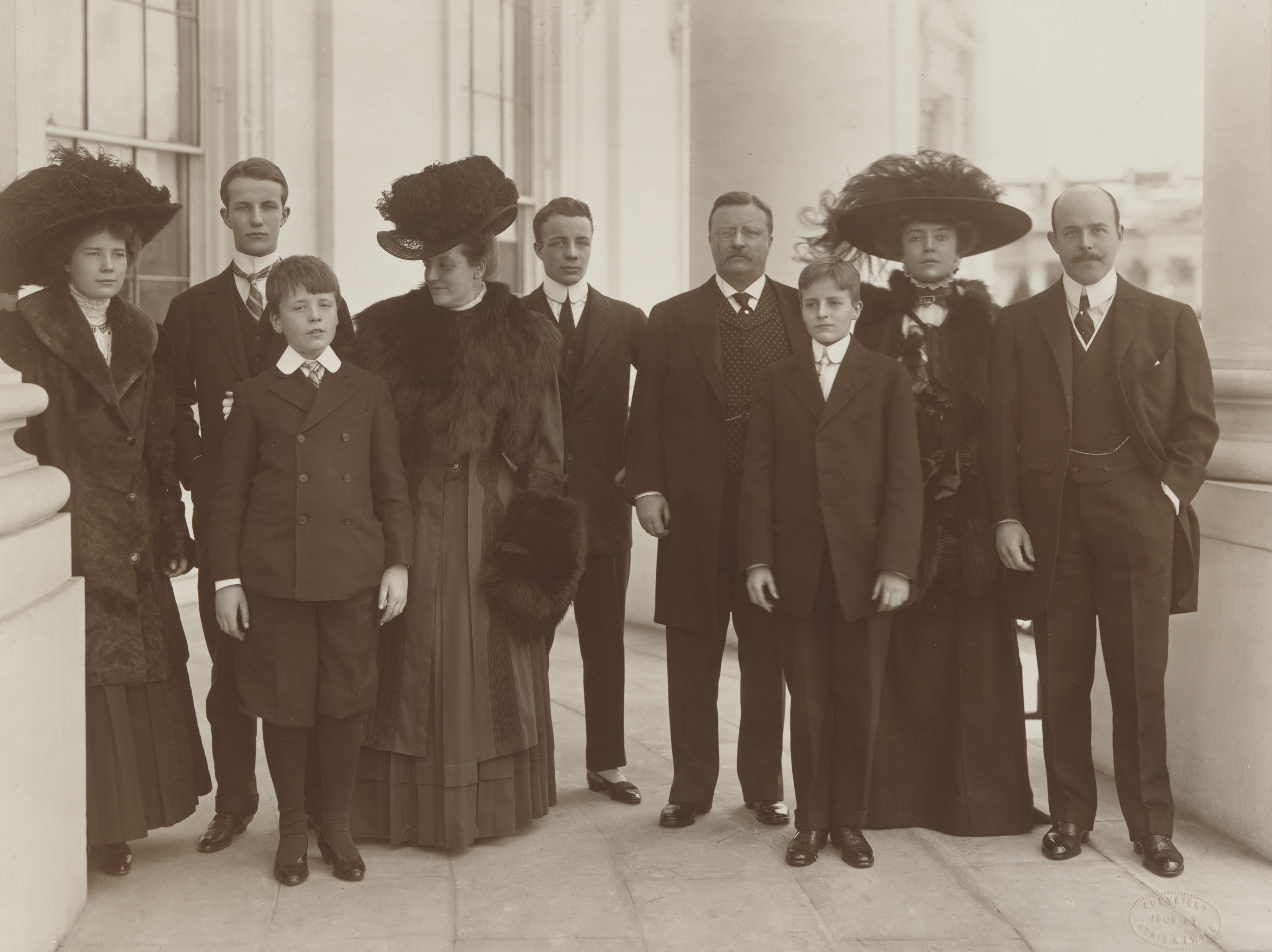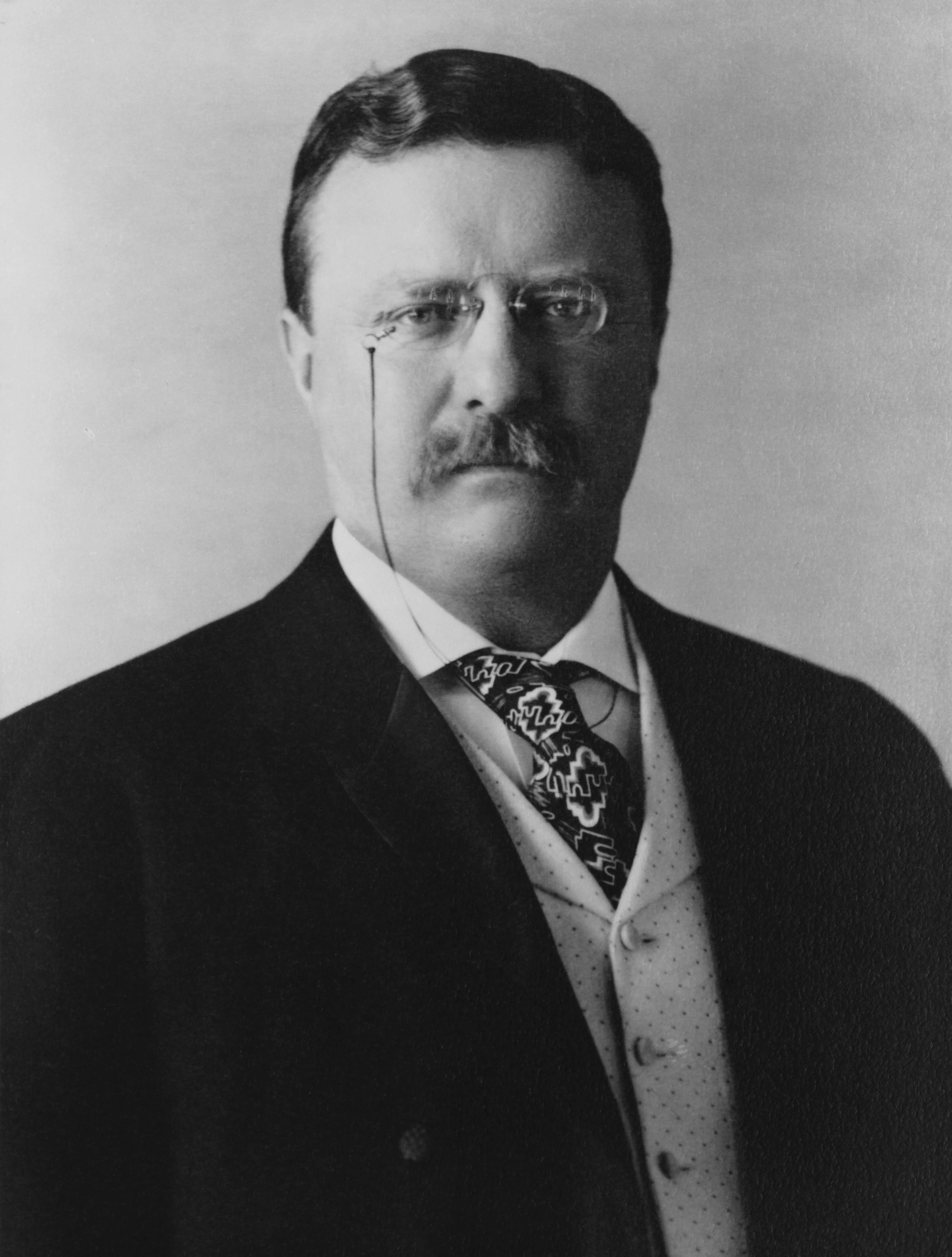History · August 31, 2019
Two Funerals and a Wedding
Theodore Roosevelt's family history intersects with Fifth Avenue history at three vital points—one sorrowful, one tragic, one joyous. These are the stories.

Feb. 13, 1878: The Funeral
The brownstone Sanctuary of Fifth Avenue Presbyterian Church was just a little over three years old when it served as the venue for the funeral of Theodore Roosevelt, Sr. Just 46 years old, Roosevelt had been suffering for months from a gastrointestinal tumor, a condition he kept from his eldest son and namesake, who was studying at Harvard.
A businessman and philanthropist, Roosevelt helped found the New York City Children's Aid Society, the Metropolitan Museum of Art, the American Museum of Natural History and the New York Children's Orthopaedic Hospital. His son Theodore would remember him as “the best man I ever knew.”
A fourth-generation Dutch New Yorker, Roosevelt was a member of the Dutch Reformed Church—and was not a member of Fifth Avenue. But his wife, Martha, and youngest daughter, Corinne (as well as his future daughter-in-law, Alice) were. So in many respects, and on many occasions, Fifth Avenue Presbyterian was the Roosevelt family church.
The church's senior pastor, the Rev. Dr. John Hall, presided at the funeral, which was attended by New York Mayor Smith Ely and “a large assemblage [of] prominent citizens, merchants, bankers, lawyers, heads of City departments, members of the Union League, Century, St. Nicholas, and other clubs and associations to which Mr. Roosevelt belonged,” the New York Times reported.
Feb. 16, 1884: The Double Funeral
In February 1884, Theodore Roosevelt—the future New York governor and President—was a 25-year-old state assemblyman and a new father.
On Feb. 12, his wife of four years, the former Alice Hathaway Lee, gave birth to a daughter, also named Alice. Roosevelt was on Assembly business in Albany when he received word of his daughter's birth and, soon after, of his wife's sudden illness. By the time he reached the family home in Manhattan (at 6 W. 57th, just two blocks from Fifth Avenue Presbyterian Church), Alice was semi-comatose.
Roosevelt's mother, Martha, had also been ill for several days with typhoid fever. Her condition quickly worsened. Her son was with her when she died at 3 am on Feb. 14. She was 50 years old.
Roosevelt immediately returned to his wife and held her for several hours before she died at 2 pm that same day. The cause of her death was kidney failure, which had gone undetected during her pregnancy. She was 22 years old.
Dr. Hall presided at the double funeral at Fifth Avenue Church on the morning of the 16th. Two rosewood coffins, wreathed in roses, lilies and vines, rested at the front of the Sanctuary. Two hearses waited outside.
In historian Edmund Morris' account, “Sobs could be heard throughout the simple service. The minister, Dr. Hall, could hardly control his voice as he compared the sad but unsurprising death of a 50-year-old widow with the 'strange and terrible' fate that had snatched away a 22-year-old mother. He cried openly as he prayed …” (The Rise of Theodore Roosevelt, 1979)
The following year Roosevelt himself compiled and privately published the complete text of the funeral service, along with obituaries and tributes to his wife and mother. But he rarely spoke of his departed wife again. In his journal entry for Feb. 14, he marked a large black X, followed by the words: “The light has gone out of my life.”
June 20, 1910: The Wedding
Theodore Roosevelt remarried in December 1886 to a childhood friend, Edith Carow. The couple had five children, including their eldest son, Theodore Roosevelt, Jr. (Ted).
In 1910, as the 23-year-old Ted and his fiancee, Eleanor Alexander, prepared to marry, the Roosevelts turned again to their family church. Crowds estimated at more than 2,000 lined the streets outside and peered from every window of the St. Regis Hotel for a look not only at the bride and groom, but at the former President, then just two years out of office. The New York Times (which splashed photos of the event on the front page of its “pictorial section” the following Sunday) said that President Roosevelt was greeted with cheers at both his arrival and departure.
Some 500 of Roosevelt's famed Rough Riders—many of them in khaki uniform—“created a stir” when they arrived as a body, the Times reported. New York Mayor William Jay Gaynor and his wife arrived late. (The Times reported that, too.)
The bride and bridesmaids arrived in closed cars at the Fifth Avenue entrance just three minutes before the 4 pm ceremony. “The women who had waited so long to see the bride surged toward the crimson carpeted way,” the Times said. “The distance from the automobile to the church entrance gave everyone a good chance to see her as she tripped across the carpet.”
For all the attention the Roosevelt wedding brought to Fifth Avenue, the church itself seems to have forgotten it just a few decades later. In 1945, after Mrs. Roosevelt requested a record of her marriage, she received a letter of apology from Senior Pastor John Sutherland Bonnell.
“Dear Mrs Roosevelt,” Dr. Bonnell wrote, “I am very sorry to have to report that the most diligent search has produced not a single line regarding your marriage in the records of our church.”
At the bottom of Dr. Bonnell's letter (now part of the Library of Congress), Mrs. Roosevelt added a note of her own. “We did not care for the pastor of the church in 1910. Uncle Charles Alexander, vestryman, said there was no reason to have him perform the ceremony. I am afraid his feelings were hurt, and this was the result!”
It is uncertain whom Mrs. Roosevelt refers to. The church was without a senior pastor in 1910.
